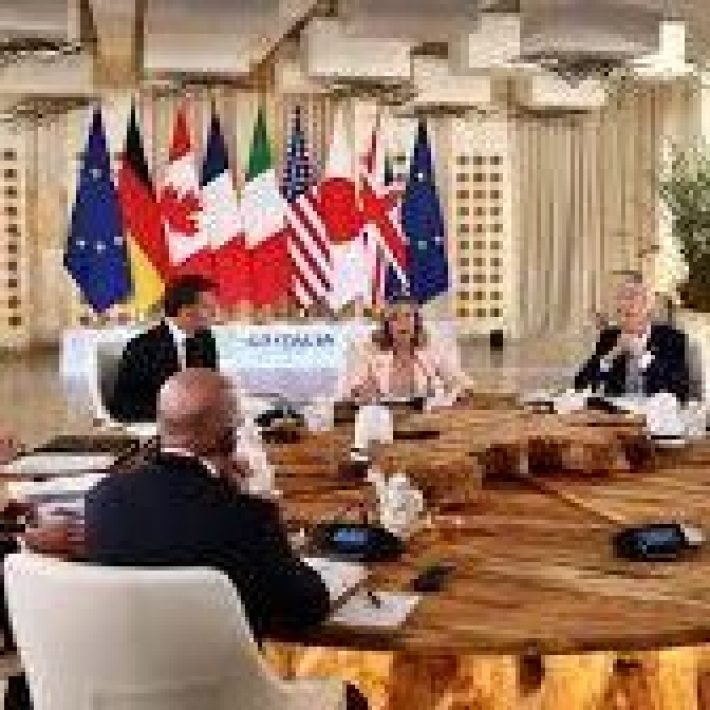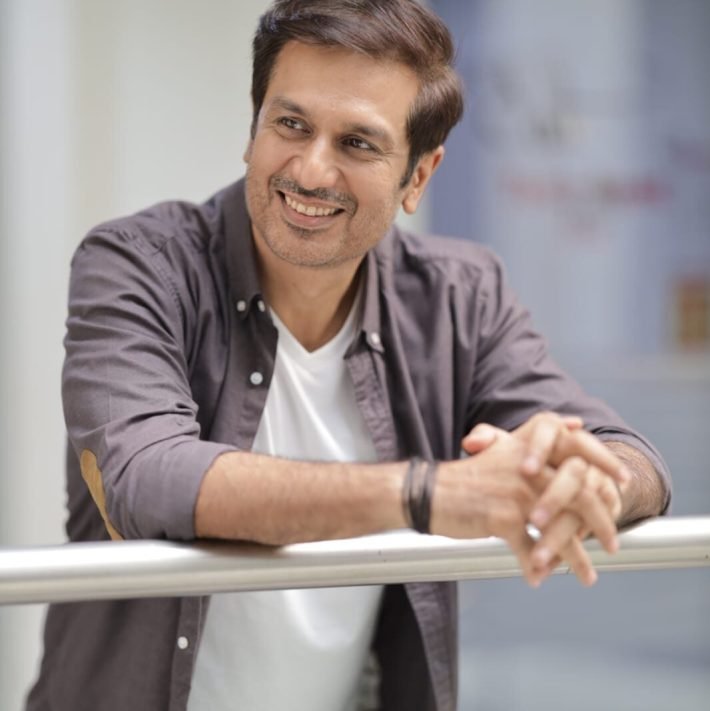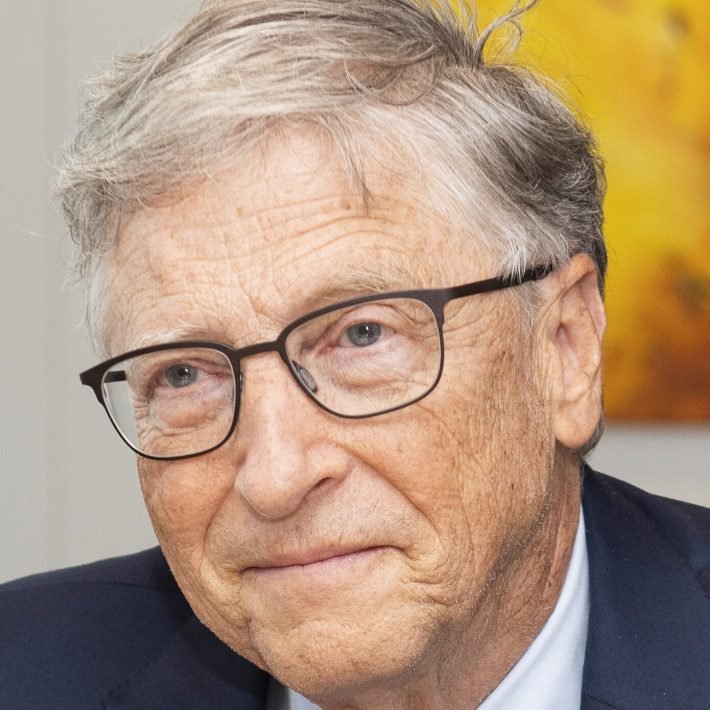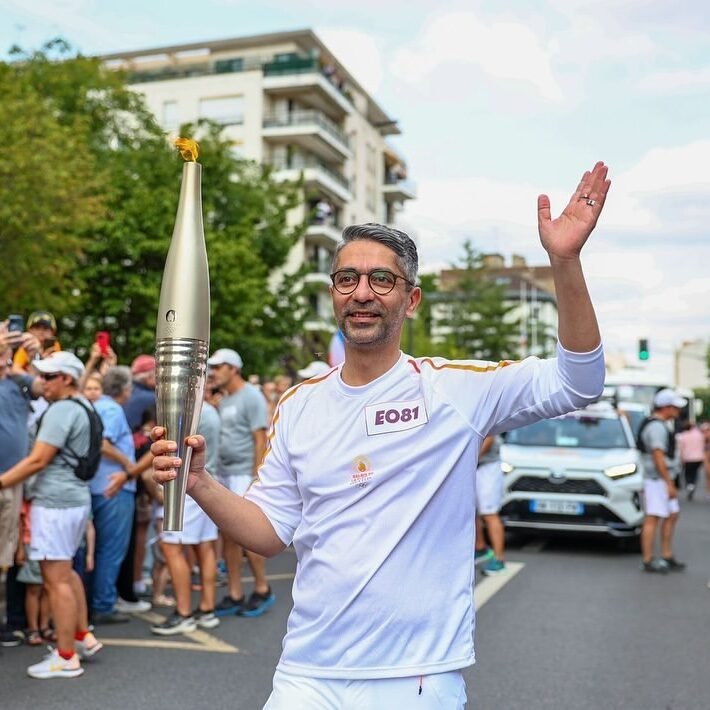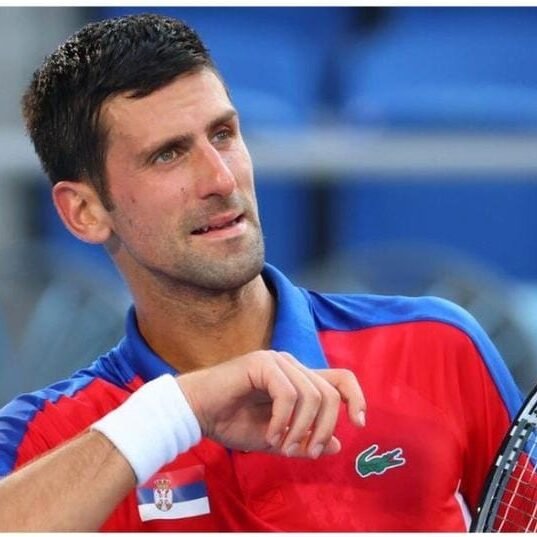Hon. Chief Minister of Maharashtra Eknath Shinde shares his ongoing vision for a new Maharashtra. He talks about the challenges conquered plus the progress made so far. And reveals how the emphasis on transformative infrastructure projects, innovative social initiatives, and people-centric governance reflects a commitment to inclusive and sustainable progress.
By Andrea CostaBir
What inspired the vision for a new Maharashtra, and what specific outcomes do you hope to achieve with this vision?

While working for the last year and more, every day was a new day. The time was relatively short, so the work was accelerated from the beginning. This state belongs to the people and is for the people. More than 350 important state developmental decisions were taken for the development of the state in cabinet meetings held during the first year of this Government.

How has the Samruddhi Expressway evolved, and what impact is it expected to have on travel time and regional development?
The Samruddhi project is a game-changer. The 701 km ambitious project is estimated to reduce the 14-hour Nagpur-Mumbai journey to just six to eight hours. This project will benefit 10 districts, 26 talukas, and 392 villages, fostering agricultural prosperity and promoting industries related to agriculture, logistics, food processing, and hospitality.

How did the Government address land acquisition challenges for the Samruddhi Expressway?
The Samruddhi Expressway is in its final stages, and the successful acquisition of around 10,000 hectares of land for this ambitious ₹ 55,000 crore project is a significant achievement. To overcome land acquisition challenges, I directly interacted with farmers from Vidarbha, Marathwada, North Maharashtra, and Thane districts

We provided the best-ever compensation package and ensured a transparent process by depositing funds directly into the farmers’ accounts through RTGS. This approach, along with being a witness during the signing of purchase deeds, instilled confidence in the farmers, removing obstacles to the project.
Why were incessant rains declared as a natural calamity in Maharashtra, and what measures were taken to address the damages caused to farmers?
In Maharashtra, incessant rains were declared a natural calamity due to the significant damage inflicted on baliraja (farmer) in the last year. To address this issue, approximately ₹ 755 crores were disbursed for damages caused by incessant rains. Additionally, a fund of about ₹ 7,000 crores was distributed to 62,60,000 farmers who suffered losses during this period. The modification of NDRF (National Disaster Response Force) norms played a crucial role, bringing considerable benefits to baliraja.
Maharashtra has a significant urban population. How does your vision address urban planning and development, and improved urban infrastructure?
Topping the list of urban infrastructure planning has been the attention given to the Metros.

Urban challenges, especially in areas like the Mumbai-Pune Expressway, were addressed through capacity expansion projects. The Mumbai-Pune Expressway, a vital corridor, is undergoing expansion to reduce travel time and ease traffic congestion, particularly in the ghat route. Called the Mumbai-Pune Missing Link, this 8-lane road is currently being constructed and the distance of 19 km from Khopoli exit to Sinhagad Sanstha will be reduced by 6 km, and the travel time saved will be 20 to 25 minutes.
Additionally, crucial projects like the Bandra-Versova Sea-Link (9 km-long bridge), part of the ongoing Coastal Highway project, is a significant milestone. The Mumbai Trans Harbour Link (MTHL) is a 22 km-long sea bridge connecting Mumbai, Navi Mumbai, and Raigad districts. The third bridge at Vashi, a 10-lane road, addresses traffic congestion issues on the Sion-Panvel route. The Thane-Borivali subway (this 11 km-road will cover the distance in just 10 minutes), proposes an alternative route, reducing travel time and environmental impact.

All these projects collectively contribute to improved urban infrastructure and connectivity.
What innovative concepts have been implemented by the Public Works Department for infrastructure construction and increased communication facilities?
The Public Works Department has played a crucial role in implementing innovative concepts for quality infrastructure construction and enhanced communication facilities. The concept of a pothole-free Mumbai has been rapidly implemented, along with decisions to concretize all important roads. The beautification of four cities (Mumbai, Pune, Chhatrapati Sambhaji Nagar and Nagpur) was initiated on the occasion of the G-20 conference, showcasing a commitment to infrastructure enhancement.
How is the Government addressing social initiatives, including free MSRTC bus travel for senior citizens and steps taken for employment generation, police recruitment drives, and Maharojgar Melas?
On the occasion of Amrit Mahotsav of the country, State Transport (ST) travel was made free for the 75-year-old senior citizens of the state. Along with this, women were also given a 50% discount on this journey. Due to this decision, the lagging ST system started to recover once again. Steps have been taken in terms of employment generation so that the youth of Maharashtra can get work. The process of police recruitment started fast. The work of giving employment to nearly one and a half lakh youth is going on fast. Maharojgar Melas are also being conducted across the state through the Skill Development Department; the youth are also benefiting from it.
Our goal is to provide opportunities and resolve public issues, aligning with the broader vision of ensuring happiness and satisfaction for every family in the state
Shifting focus to healthcare, what efforts has the Health Department made to provide better and quality healthcare services, especially through schemes like ‘Hindu Hruday Samrat Balasaheb Thackeray Aapla Dawakhana’?
Health is wealth, and the Health Department has focused on providing better and quality healthcare services. The ‘Hindu Hruday Samrat Balasaheb Thackeray Aapla Dawakhana’ scheme aims to establish smart clinics, making healthcare more accessible. Citizens living in rural and remote areas of the state have to visit the hospital for every minor ailment. This not only delays medical treatment, but also incurs travel and accommodation expenses. This scheme has been started with the aim of avoiding the need to go to big hospitals for simple illnesses like cold, fever and cough. Under this scheme, 700 clinics have been started in Maharashtra. ‘Hindu Hruday Smarat Balasaheb Thackeray Aapla Dawakhana’ has been established in the state with the latest technology to provide consistent healthcare, monitor and control the prevalence of various diseases, and increase the health index by providing accessible and affordable world class healthcare. 342 talukas of the state started these clinics from May 1, 2023.
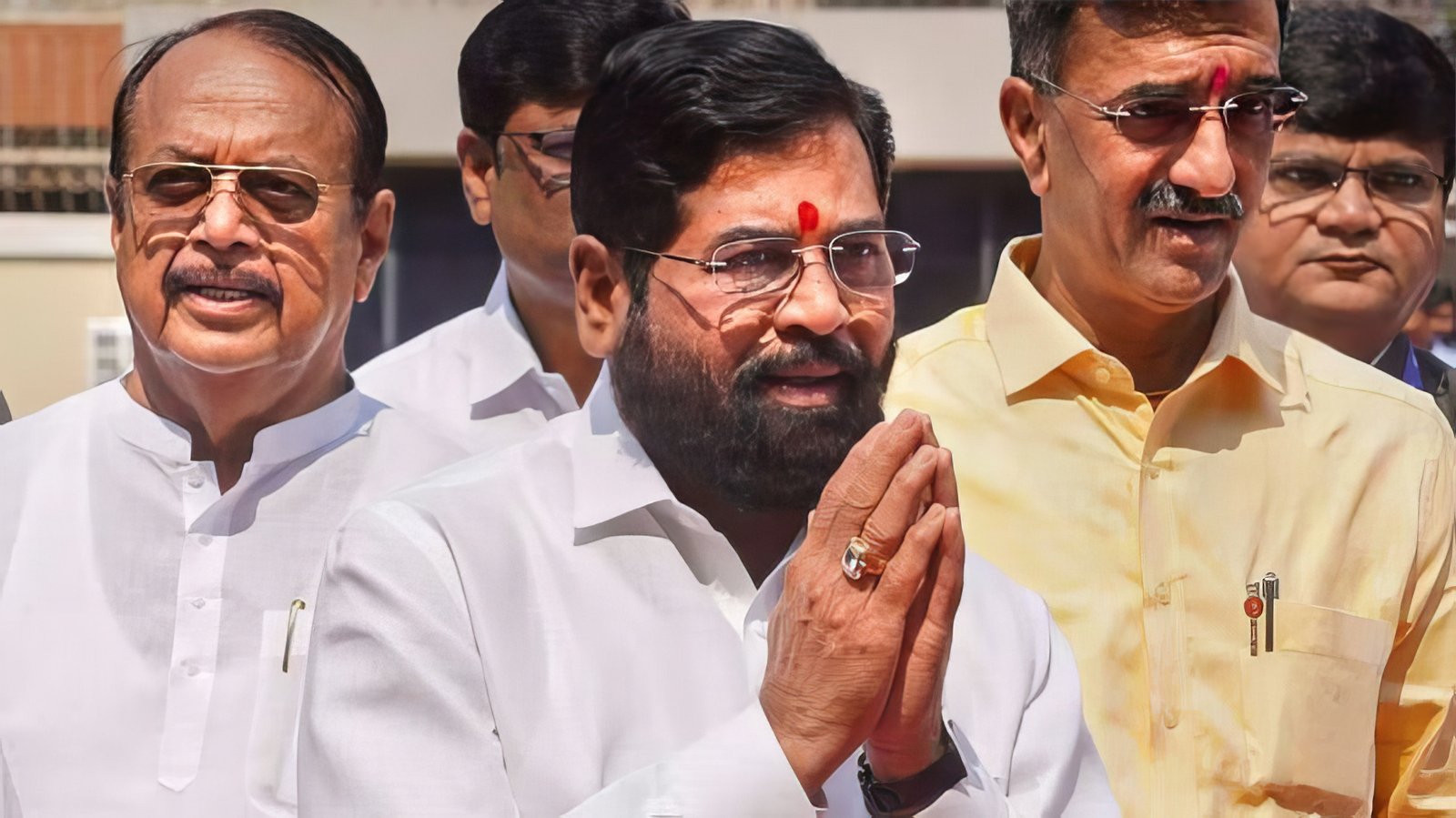
The increase in insurance coverage under the Mahatma Jyotirao Phule Jan Arogya Yojana and Ayushman Bharat showcases our commitment to enhancing healthcare services. The State Government has decided to increase the insurance coverage from ₹ 1.5 lakh to ₹ 5 lakh under the Mahatma Jyotirao Phule Jan Arogya Yojana. Hospitals at the village and taluka level are also giving the benefit of this scheme to the patients. Under the combined scheme of Mahatma Jyotirao Phule Jan Arogya Yojana and Ayushman Bharat, Pradhan Mantri Jan Arogya Yojana, millions of patients have been operated free of cost. This scheme has been implemented for Marathi speakers in 865 villages in the Karnataka border area too. The needy patients of this area are being given benefits through the scheme. On the other hand, the benefit limit for kidney transplant surgery has been increased from ₹ 2.5 lakh to ₹ 4 lakh.
Maharashtra has emerged as the first-choice state for foreign direct investment (FDI). Can you elaborate on the strategies employed to create a conducive environment for industry growth and attract FDI?
Creating a conducive environment for industry growth is a priority. Maharashtra has become the first-choice state for FDI, with 29% of the total FDI in the country flowing into the state. Events like the Memorandum of Understanding (MoU) signing in Davos with 19 industry entities committing to an investment of ₹ 1.37 lakh crore underscore our commitment to economic development and job creation. Employment will be created for 1,01,389 people. Apart from investment MoUs, four other MoUs on information and cooperation were signed. An MoU was signed with Berkeley University, California, regarding a development center in Mumbai Metropolitan Development Authority.
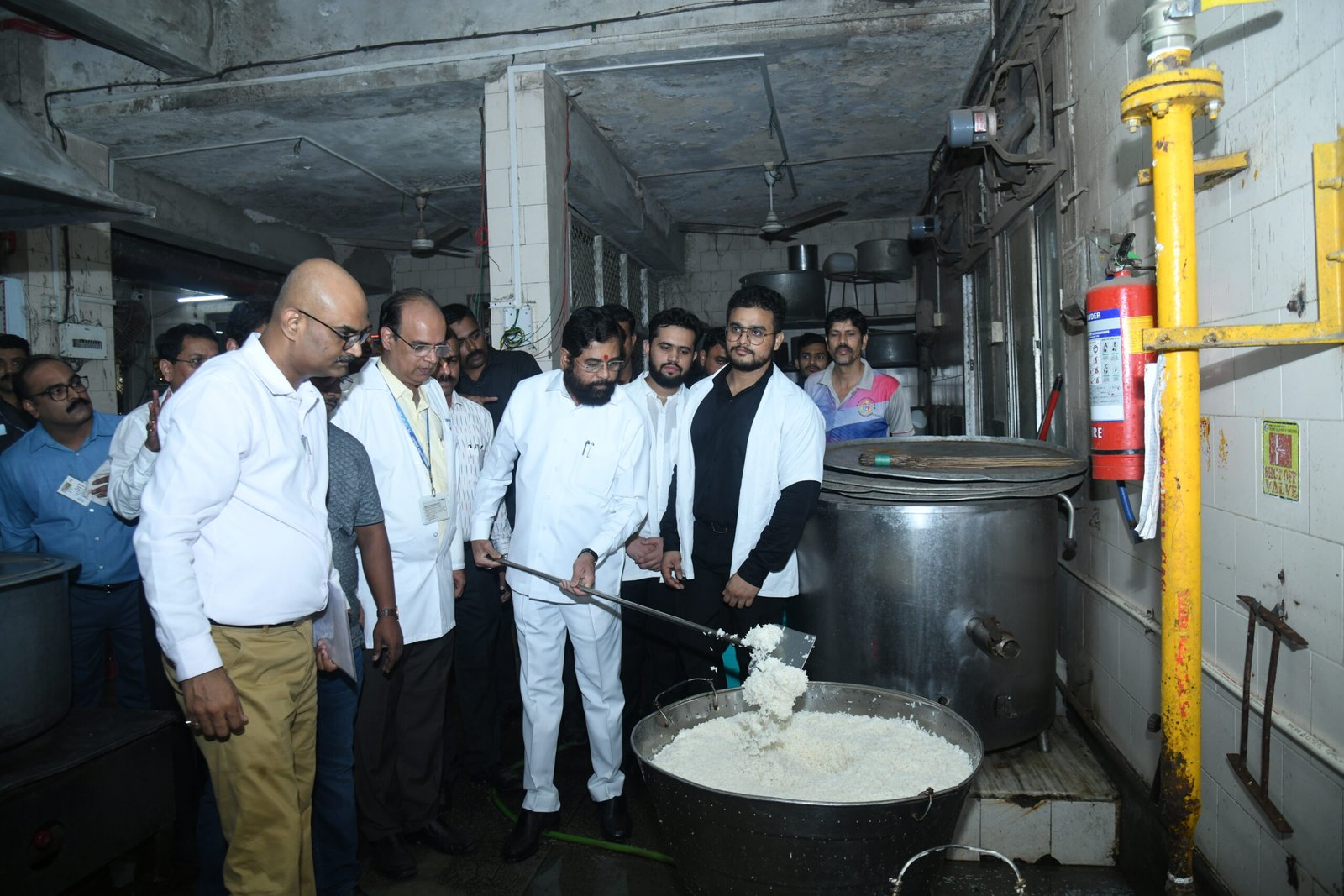
Recently, a memorandum of understanding was signed between the Government of Maharashtra and Bajaj Finserv for an investment of around ₹ 5,000 crores; this initiative will create 40,000 jobs.
A conducive environment for industry in the form of innovative business practices, provision of skilled manpower and permits, infrastructure and support for new entrepreneurs is available in the state. If the Government and entrepreneurs work together, Maharashtra and India will become hugely prosperous.
How is the Government addressing the welfare of citizens through initiatives like the distribution of ration kits under the National Food Security Act, 2013, and other food-related schemes?
Under the National Food Security Act, 2013, Antyodaya Food Yojana, Preferential Family, as well as all the districts of Chhatrapati Sambhaji Nagar and Amravati divisions and 14 farmer suicide-affected districts like Wardha of Nagpur division, APL (Keshari) farmers, ration card holders and others will receive 1 kg semolina, 1 kg chana dal, 1 kg sugar and special food kits containing four food items including 1 litre of palm oil through the e-pos system. This Anandacha Shidha ration set is being distributed at the rate of ₹ 100 per set.
Could you share insights into the ‘Shasan Aplya Dari’ campaign and its impact on resolving public issues and ensuring efficient Government scheme delivery? What are the future plans for the ‘Shasan Aplya Dari’ campaign, and how do you envision its impact on governance in Maharashtra?
On the completion of 75 years of Independence of the country, a unique campaign ‘Shasan Aplya Dari’ was launched in Patan (Satara district) to provide benefits to 75,000 beneficiaries in every district of the state. This campaign has become very popular in a short time. So far, more than 1 crore 83 lakh citizens have benefited from this. Our Government is committed to ensuring that not a single complaint of the public is left unattended, that all their problems and doubts are resolved. We are delivering Government schemes and speeding up the work by going directly to the doorstep of the people. Our motto is: ‘No travel, no hassle of documents, and work is guaranteed’.
In the last 11 months, 36 cabinet meetings were held, in which more than 330 public interest decisions were taken. Apart from this, 250 more decisions positively impacting farmers, workers, women, students, senior citizens, backward classes, and disabled people were taken. We are implementing this campaign with the view that 75,000 people in each district, 15,000 in each taluka and at least 100 beneficiaries in each village should get the benefit of the schemes.
‘Shasan Aplya Dari’ is not just a campaign on paper; it is being implemented by doing hard work in the villages and interacting directly with the citizens. The Chief Minister’s Secretariat is constantly monitoring this. All three of us – Deputy Chief Minister Devendra Fadnavis, Deputy Chief Minister Ajit Pawar, and myself – are constantly reviewing this initiative. To ensure that this campaign does not face any problem, the Chief Minister’s Public Welfare Cell is constantly vigilant and coordinating requirements. I am sure that this campaign will be revolutionary not only in the state, but also in the country. We are currently experiencing the fact that when our purpose is sincere, people from all over connect with it. I am confident that the ‘Shasan Aplya Dari’ campaign will set records and other states will follow suit.
I appeal to the people of Maharashtra to take advantage of the ‘Shasan Aplya Dari’ campaign, which is the new face of good, dynamic, peopleoriented governance of Maharashtra.
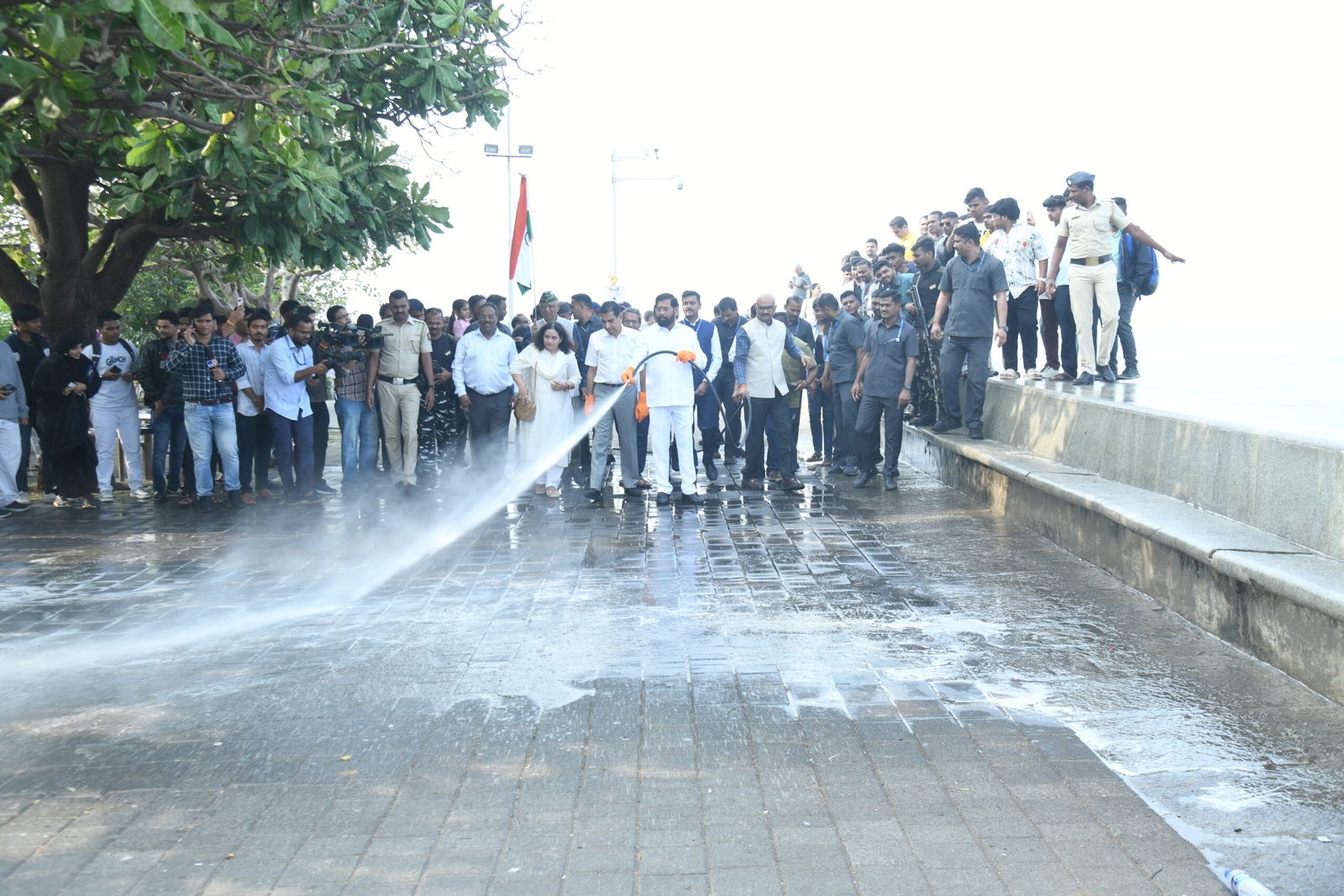
You are known to be passionate about healthcare, and you are focused on giving BMC (Brihanmumbai Municipal Corporation) hospitals a facelift. Please share some insights with us…
People coming to BMC (Brihanmumbai Municipal Corporation) hospitals are not coming to us out of choice, they are coming to us because they do not have any other alternative; they have no options. Hence, it is our duty to provide the best possible treatment, the best possible healthcare services with whatever resources we have.
I want to make all our BMC hospitals world class, and hence asked my team to find the gaps in the administrative system of these hospitals, and to come up with a solid strategy to meet those gaps. They did it and currently, the transformation of BMC hospitals is in progress. In six to eight months, all BMC hospitals will have amenities and be administered like good private hospitals.

Also, earlier, BMC hospitals provided 20% to 30% of medicines to patients. Rest of the medicines were purchased by people out of their own pockets. I got my team to do a survey on health economics and we found out that exorbitantly priced healthcare pushes people from lower socio-economic backgrounds below the poverty line. They literally borrow and beg and put this money into the treatment of their loved ones. We collected data of the last one year, and collated the prescriptions that doctors were writing out which were unavailable at BMC drugstores. We realized that there were around 3,000 medical items which are not provided by BMC hospitals that people were buying out of their pockets. We are now in the process of providing these medical items to the citizens of Mumbai at BMC hospitals.
Shortly, we are also set to provide health insurance up to ₹ 5 lakh per year for every family in Maharashtra which has a ration card.
Deep cleaning Mumbai is top of your list of priorities when it comes to giving the city a new lease of life sanitation-wise. What are the steps being taken to make Mumbai clean?
Deep cleaning Mumbai is top on my list of priorities. To start with, the main road from Dharavi to Sion Hospital used to be jammed by unattended vehicles, which caused terrible traffic jams. It used to take 20 minutes to cross that stretch of road. So we got rid of the unattended vehicles and cleaned up the road. This automatically got rid of the congestion and today, to travel that same road takes not more than 7- 8 minutes.
Similarly, we conducted such deep cleaning exercises across the city by removing unattended vehicles, cleaning the roads and opening them up. The roads in several parts of the city are wide open now and people are not throwing garbage on the roads too.
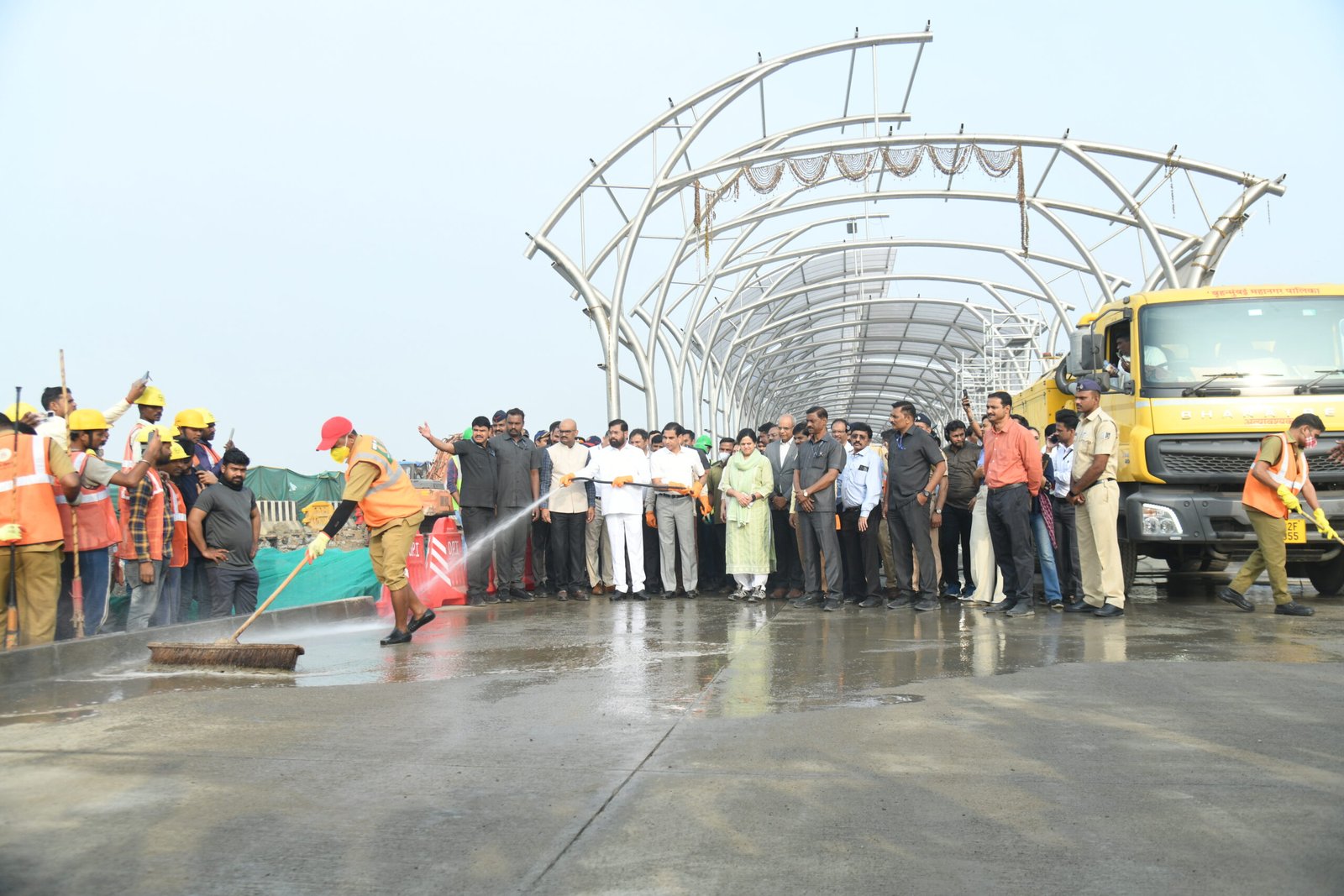
Our deep cleaning drive enlists the services of all our BMC workers as only by having them all on board can we see success. I like meeting our BMC workers, talking to them, and asking them about their problems… This has resulted in immense motivation among our sanitation workers and this is giving us very good results in terms of better sanitation for the city.
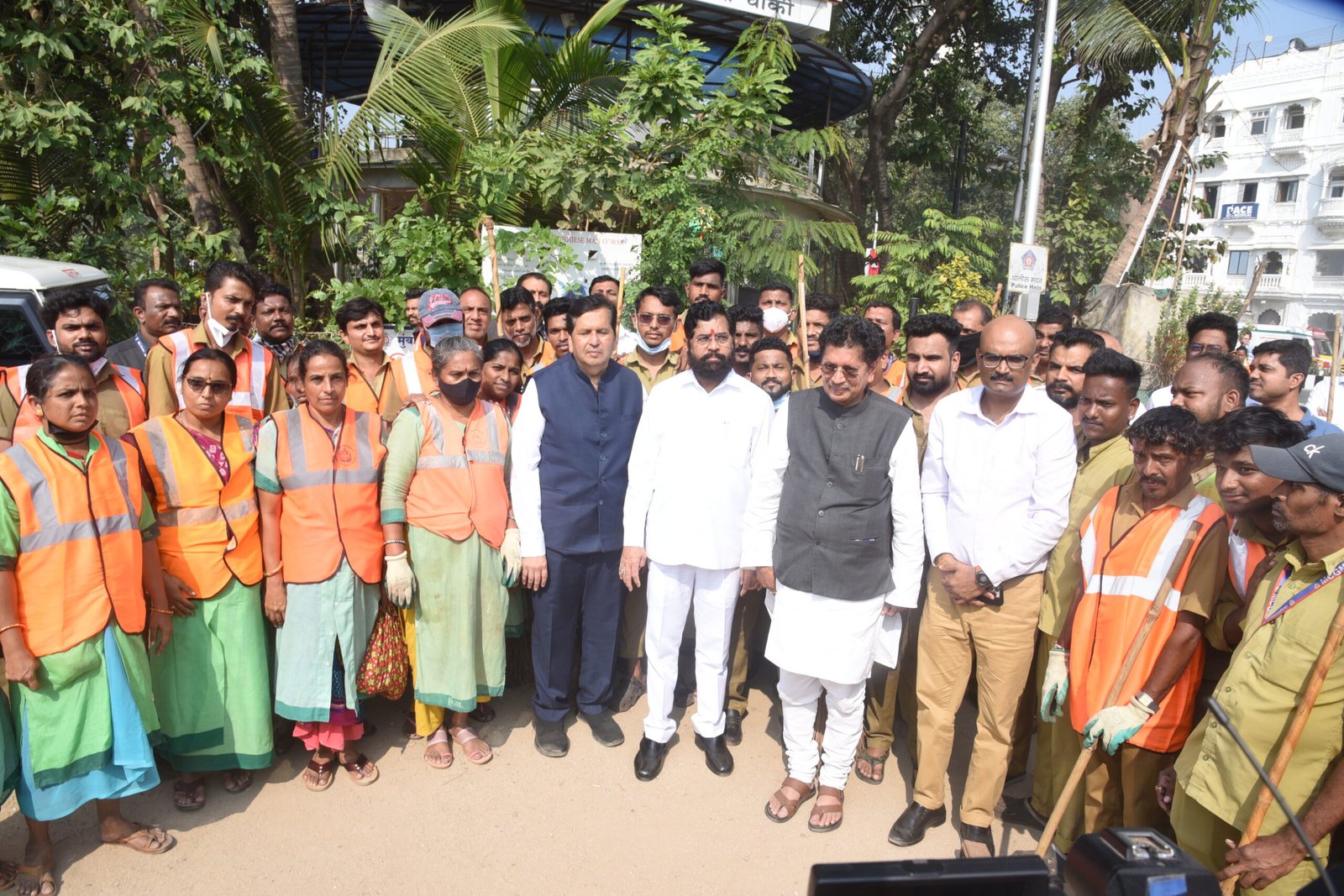
We need to educate people, we need to involve all sections of society in this cleanliness drive. We need to have a behavioral change among people and make this cleanliness drive a mass movement. Hence, we started a deep cleaning drive where all sections of society including students, children, senior citizens, NGOs, social and spiritual organizations come together once a week to deep clean parts of Mumbai city.
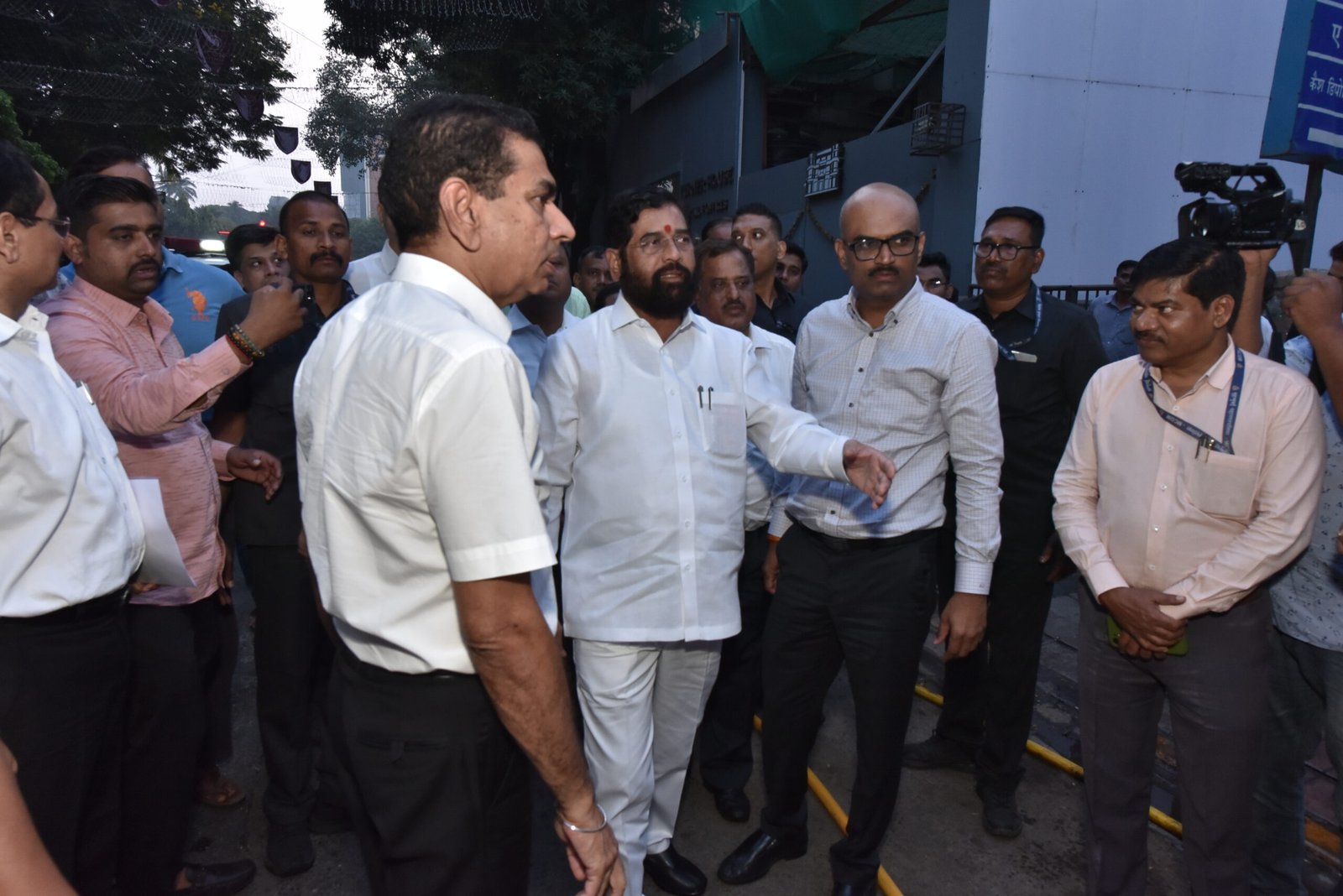
It is like carpet bombing, a combing operation. Man and machinery combine forces at this drive. And this has resulted in cleaning up areas which were never attended to in the past. I must say that our BMC officials and workers have become much more efficient and timebound thanks to this initiative. This drive is aligned with the Swachh Bharat Abhiyan initiative of our Honourable Prime Minister Narendra Modi.
Last year, Mumbai did not experience waterlogging and flooding during the monsoons. Is this one of the benefits of the cleanliness drive?
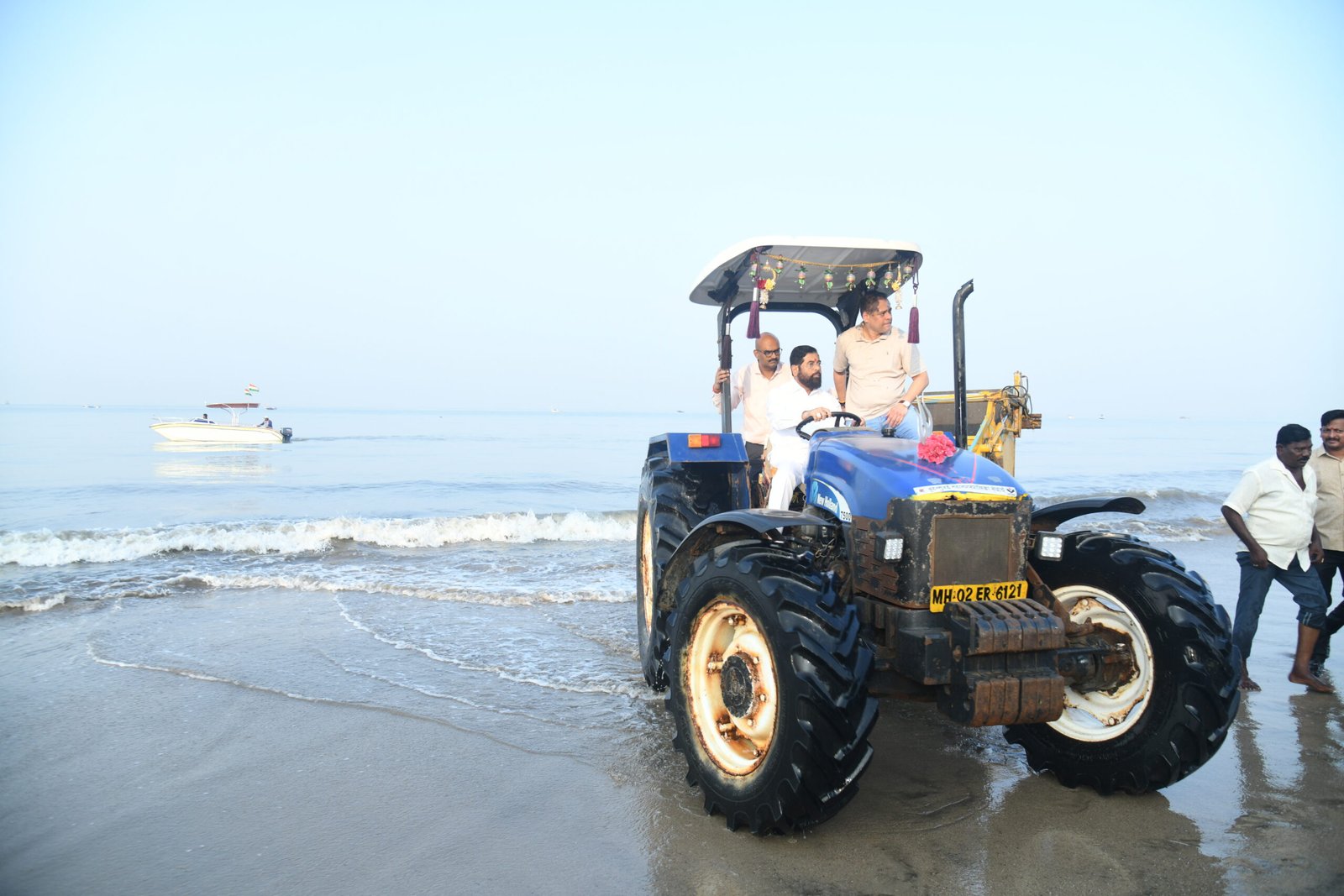
Yes, thanks to our deep cleaning drive wherein all the nullahs and drains were thoroughly cleaned out, waterlogging during the monsoons did not take place; and our citizens were not stranded or inconvenienced.



